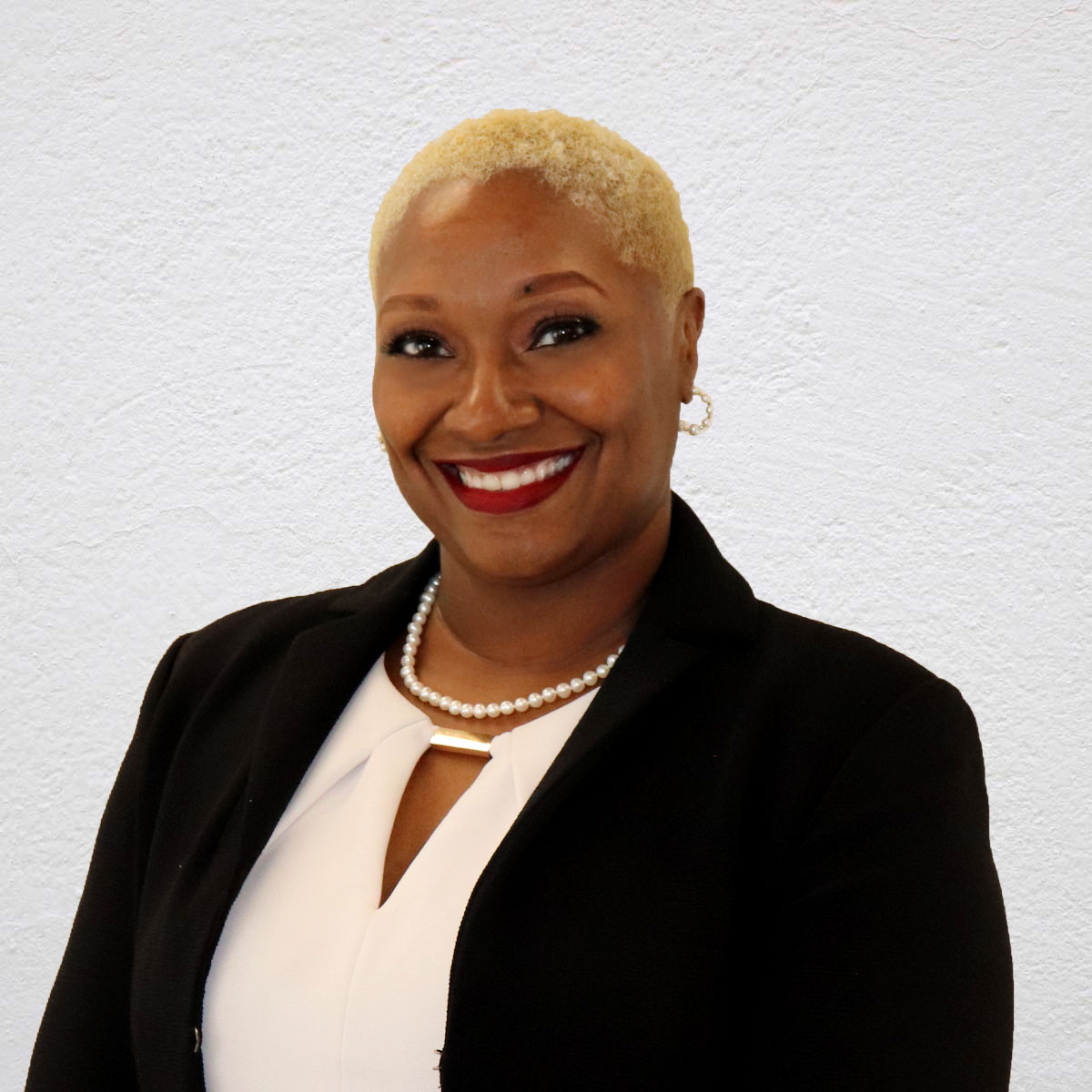Last updated on June 15th, 2023
In January 2021, the Academy of Nutrition and Dietetics announced that starting October 2021, the International Dysphagia Diet Standardization Initiative (IDDSI) will be the only texture-modified diet recognized in the Academy’s Nutrition Care Manual (NCM). Verbiage and framework for the National Dysphagia Diet (NDD) will not be included in the NCM after October 2021.
This means that senior living communities currently using the Academy’s NCM will need to make changes to their dysphagia dining program. Because this change isn’t going into effect until October, your community has ample time to prepare for the transition.
Why is this change happening?
This change will improve safety and care for patients with dysphagia. It’s meant to reduce confusion among individuals, caregivers, health professionals, and researchers about the size, texture, and viscosity of foods and drinks for individuals with dysphagia or other oral motor disorders that affect chewing and swallowing abilities. Before this change, a modified texture diet at a hospital may have had a completely different name and preparation standard compared to the senior living community down the street. The IDDSI framework will ensure that food production and fluid thickness standards are the same across all facilities and providers following the framework, so dysphagia patients receive the best and most consistent care possible.
We believe the Academy of Nutrition and Dietetics chose the IDDSI as the sole framework because it offers the most precise descriptions for preparing texture-modified diets. The NDD was broader and more open to interpretation. Plus, the American Speech-Language-Hearing Association (ASHA) announced its support of the framework a few years ago. This adoption by speech experts may have encouraged the Academy of Nutrition and Dietetics to make the change as well.
By following the IDDSI framework, those providing care to dysphagia patients will be on the same page and understand exactly which food textures they’re supposed to be serving. This is especially true for rehab patients and their caregivers. In the past, rehab patients may have gone home without clear guidance, leaving families and caregivers confused about how to prepare food for their loved ones. IDDSI provides plenty of training resources on their site so family members can understand how to prepare foods for relatives with dysphagia safely.

As you can see, the IDDSI framework is comprehensive. It shows the full continuum of possible fluids and textures and offers a true connection between solid food and liquid management.
What does this mean for senior living communities offering texture-modified diets?
One of the big changes that former NDD followers may find useful is that the IDDSI offers testing methods to confirm the liquidity and/or texture of foods. For example, the fork drip test checks the thickness of Levels 3-5 foods by determining if they flow through or hold together on a fork’s prongs. You can see more of the IDDSI food and drink tests here.
Because these tests exist, staff can now be better trained to a standard and can prepare to be audited based on the framework. Culinary Services Group is working hard behind the scenes to support our clients through the shift to IDDSI. Our clients will still have the ability to define their own textures based on how the speech-language pathologist at the community feels are appropriate, and our team will assign that to the matching classification in the IDDSI Framework through our menu software. For example, if a community defines a particular meal as “mechanical soft,” our team will know that based on the rules of this specific community’s “mechanical soft,” the meal is actually an Easy-to-Chew Level Seven base diet with Soft and Bite-Sized Level 6 meat. Even though the facility has its own definition of this texture group, our internal team knows exactly how to train, audit, plan, and prepare for this meal based on the IDDSI framework.
How else is Culinary Services Group helping clients prepare for the change?
One of our team’s first actions is switching all texture language from NDD to IDDSI in our menu planning software. As mentioned above, communities can still call textures whatever they would like to, and we will assign those textures to the IDDSI framework on our end. This should make it easier to train new team members and assess production for texture compliance and safety.
Any community using the Academy’s NCM as a diet manual will need to transition to IDDSI language/structure in order to be compliant with their manual, or have a policy in place that describes dysphagia diet language and preparation rules used at the community. The diet manual used by Culinary Services Group has both NDD and IDDSI language, so our clients will be covered until we release a new manual.
If a community’s speech-language pathologist or another staff member wants to change the dining program’s textures or if a community’s texture rules are unclear, our team will collaborate with staff to set rules and classifications that align with the IDDSI framework.
For new clients, our team will work with the community’s speech-language pathologist to understand texture expectations, typical assigned texture groups or levels, and rules for each of those groups/levels. Then, we’ll match those levels to the IDDSI framework in our menu planning software.
Are you ready for these changes?
Changes like this, which require a lot of effort and education, illustrate the importance of partnering with a great food service management company. An organization like Culinary Services Group can easily ensure that your team has prepared for this transition by October 2021.
To ensure our internal team are experts on the new framework, we’ll be hosting webinars and training for management team members. We’ll also provide senior living communities with visuals, posters, testing cards, and testing syringes to ensure resident safety is a top priority. For new clients, we can provide even more extensive training and education on the IDDSI framework.
Plus, our Appeal Premium Program focuses on artfully shaping and presenting puréed foods into something more familiar and comforting. This helps residents better recognize what they’re eating and enjoy their favorite meals again. All meals in this program already follow the IDDSI framework, and it’s simple to implement the program in any community.
If you’d like to learn more about how we can train your dining team on IDDSI and ensure your residents’ safety, contact us here.
This blog post was written by the Culinary Services Group team. This site is NOT the official IDDSI website. To get the most current information and resources about IDDSI, go to and www.IDDSI.org.








